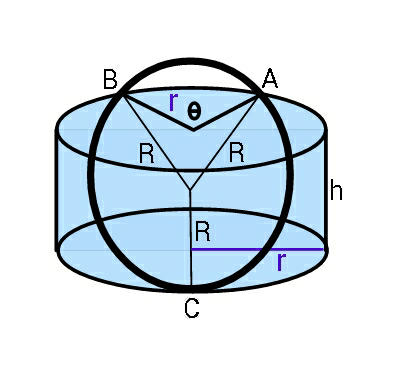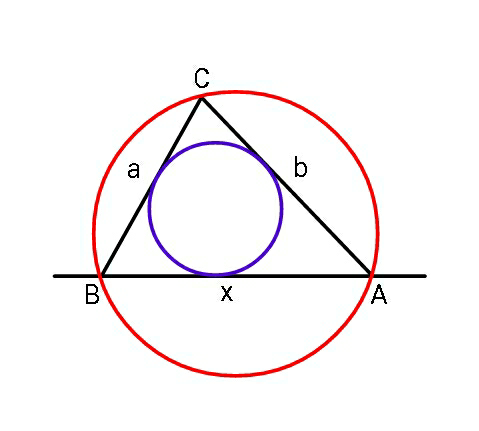
AllQuestion and Answers: Page 1566
Question Number 53502 Answers: 2 Comments: 0
Question Number 53501 Answers: 0 Comments: 0
Question Number 53500 Answers: 2 Comments: 0
Question Number 53492 Answers: 1 Comments: 1

Question Number 53491 Answers: 3 Comments: 0
Question Number 53483 Answers: 0 Comments: 9

Question Number 53477 Answers: 1 Comments: 1
Question Number 53476 Answers: 0 Comments: 0
Question Number 53474 Answers: 1 Comments: 0
Question Number 53472 Answers: 1 Comments: 2

Question Number 53471 Answers: 1 Comments: 3
Question Number 53470 Answers: 0 Comments: 1
Question Number 53468 Answers: 1 Comments: 3

Question Number 53467 Answers: 1 Comments: 0
Question Number 53466 Answers: 1 Comments: 0
Question Number 53465 Answers: 1 Comments: 1
Question Number 53464 Answers: 1 Comments: 1
Question Number 53463 Answers: 1 Comments: 1
Question Number 53462 Answers: 1 Comments: 0
Question Number 53455 Answers: 0 Comments: 1
Question Number 53536 Answers: 1 Comments: 0
Question Number 53450 Answers: 1 Comments: 1

Question Number 53447 Answers: 1 Comments: 0

Question Number 53426 Answers: 1 Comments: 1
Question Number 53422 Answers: 4 Comments: 2

Question Number 53418 Answers: 0 Comments: 1
$${find}\:\int_{\mathrm{0}} ^{\pi} \:\:\frac{{x}}{\mathrm{2}+{cosx}\:{sinx}}{dx} \\ $$
Pg 1561 Pg 1562 Pg 1563 Pg 1564 Pg 1565 Pg 1566 Pg 1567 Pg 1568 Pg 1569 Pg 1570
